How six NYC 2SLGBTQ artists are fighting back against adversity
The LGBTQ community is experiencing adversity on numerous fronts in the political struggle for human rights, from anti-LGBTQ legislation to the deaths of trans community members such as Nex Benedict, River Nevaeh Goddard, Righteous Torrence “Chevy” Hill, and countless others this year alone. A wave of trans asylum seekers fleeing the United States is rising. From the dismissal of LGBTQ … Read More
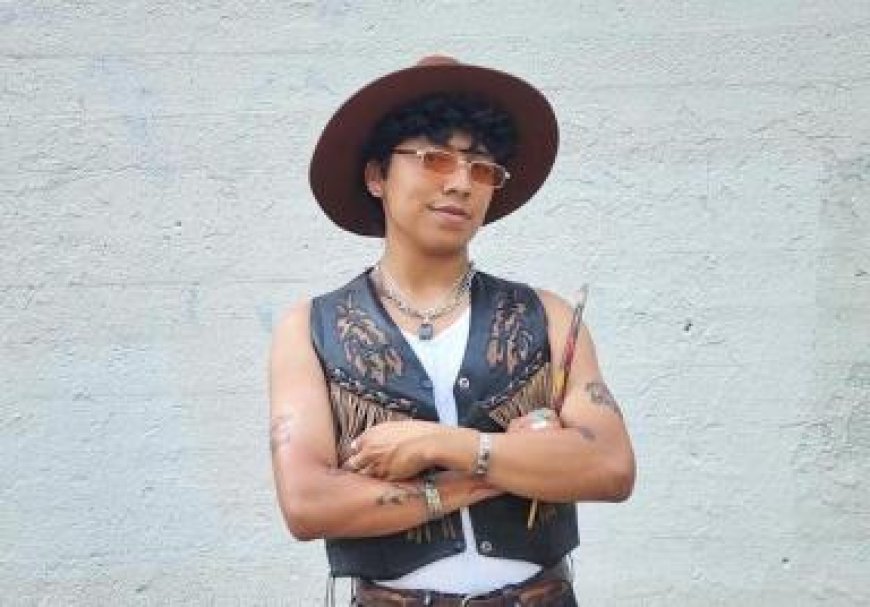
The LGBTQ community is experiencing adversity on numerous fronts in the political struggle for human rights, from anti-LGBTQ legislation to the deaths of trans community members such as Nex Benedict, River Nevaeh Goddard, Righteous Torrence “Chevy” Hill, and countless others this year alone.
A wave of trans asylum seekers fleeing the United States is rising. From the dismissal of LGBTQ Palestinians and rapidly increasing antisemitism to the loss of queer Black life as part of what has been called genocide since at least 1951, the ongoing crisis of murdered and missing Indigenous Two Spirit people, women and girls, the community endures the constant bombardment of hate.
Time and again, LGBTQ people have turned to the arts and creative expression amidst tumultuous times, not only to ground ourselves but also resist white supremacy. This legacy extends from since and before protest music during the beginning of the ongoing HIV/AIDS pandemic, to vogue, and even to celebratory music of a mass queer wedding at the U.S. border with Mexico.
Here are six artists in New York City who are using their craft for hope:
Jhanaiya Smith-Butler (she/they)
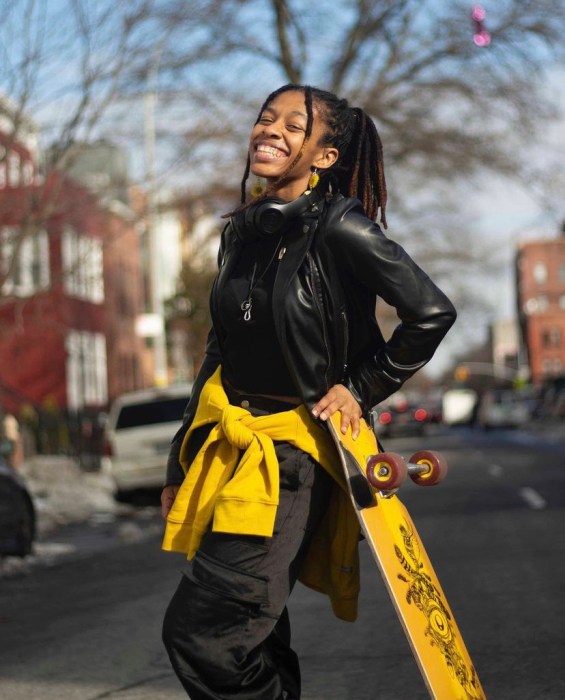
Jhanaiya Smith-Butler is a visual artist, artivist, and athlete who dreams of making manga dedicated to uplifting Black and Brown children, especially queer folk. “I am painting a world where there is love, acceptance,” says Smith-Butler. “The freedom to just be, while also highlighting very real experiences.”
She’s also a skateboarder, a form typically not expected of Black people. As a member of Black Girls Skate and Black Girls Shred, Smith-Butler also teaches Black girls and other children of color the craft to not only increase Black girls, women, and LGBTQ participation in sports, but also help build their self-esteem in a political climate that is particularly hostile towards Black LGBTQ youth.
When it comes to uniting against hate, Smith-Butler demands inclusion rather than imposing tight boundaries around the community, especially when it comes to policy and advocacy. “White queers often use their queerness to placate the seriousness of intersectional issues and legislation,” she says. “The movement needs to encapsulate everyone’s issues, needs, desires, and dreams in order to be a fully transformative effort.”
Ultimately, Smith-Butler hopes that folks in the queer community, especially Black queer artists, learn to be unapologetic about who they are. “They cannot take away your essence,” they say. “So never dim your light to be easier on their eyes. There will be someone out there whose life will be changed just by seeing your art.”
Ricky Sim (he/him)
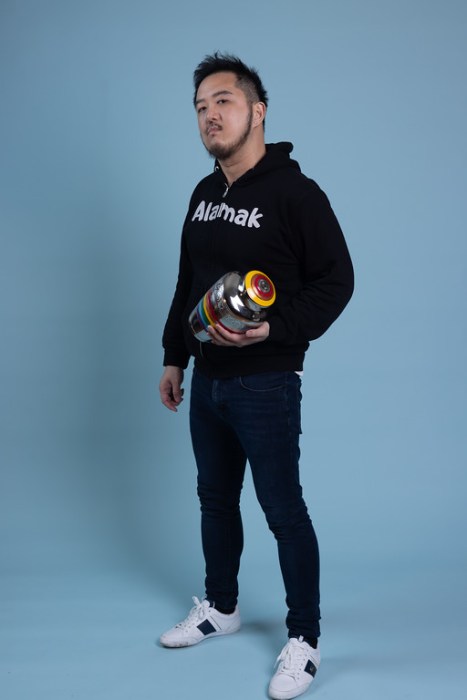
Ricky Sim, based in Queens, has used his comedy to make way for Queer Asians. Having recently sold out several shows at the SoHo Playhouse in New York City, his resume bolsters performances in Los Angeles, Toronto, Kuala Lumpur, the Edinburgh Fringe Festival, and the Off-West End SoHo Theatre in London. Slated to return to Edinburgh as an EdFringe OffFest Finalist, he’s also a PIT/ Saturday Night Live scholarship recipient.
An immigrant from Malaysia, Sim’s views on the social climate here suggest that neither sides of the aisle truly have the holistic needs of the LGBTQ community in mind. “There’s a push from the right and there’s too comfortable on the left,” says Sim. “I always feel very cautious about how things could easily swing backwards.”
His solo show, “Coming Out To Dead People,” takes place in the early 2000s, set in a time when LGBTQ rights were not as progressed as today, including policies such as the Defense of Marriage Act. Sim hopes that this piece serves as a reminder that anti-LGBTQ sentiment is always around us. “It’s still there,” Sim says. “And if we just ignore it, we might not even know how to grow.”
Sim, like other LGBT folks of color, calls for understanding across all intersections when it comes to combating queerphobia and racism in the personal and political arenas.
“Be open-minded to different aspects of the LGBT community,” says Sim. “Not all queer stories are the same, and that’s what makes us as a community stronger.”
Ashna Ali (they/she)
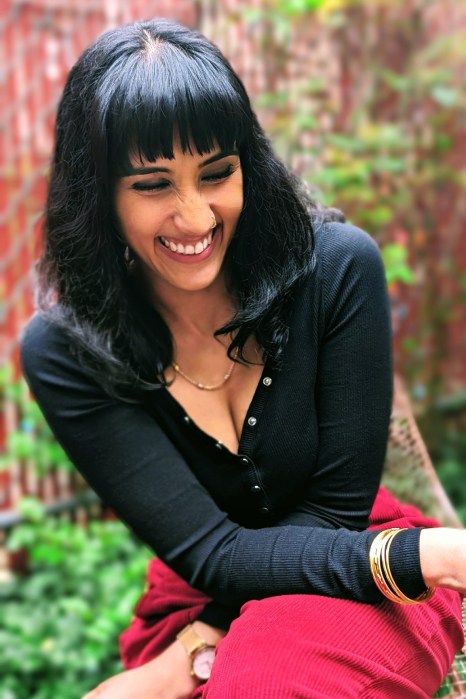
Ashna Ali’s poetry and writing fights the erasure of invisible disability. Their debut chapbook slated for Fall 2024, “The Relativity of Living Well,” catalogs their experiences a queer person of color in New York City public school and becoming permanently disabled after contracting long COVID. Their substack, PAIN BABY, is described as Queer Feminist Cultural Criticism by a Bangladeshi Italian Brooklynite Poet. They also organize Priyo@Parlay, a monthly open mic in Sunset Park.
Ali believes that targeting the LGBTQ community, especially trans/gender non-conforming folks and those with uteruses, is meant to distract from dire issues such as war, genocide, housing, poverty, and infrastructure, as well as a retaliation towards the growing LGBTQ population; Gen-Z, in fact, is more openly queer than any other generation. “More people are coming out and recognizing the limitations of the lifestyles prescribed by compulsory heteronormativity,” Ali says.
Against our society dependent on individualism, Ali hopes the spaces they create will build community through sharing and finding familiarity through narrative. “I tell my story of a queer, agender, brown, immigrant poet in love and community,” she says. “Telling queer stories of disability, community, kindness, love, and navigating difficulty reminds us that we’re not alone.”
Ali also points out that our survival and thriving is inevitable, no matter the violence of colonization or white supremacy, because we as the LGBTQ community hold the power of ancestry. “That power has always been our magic, and that magic has always been our power.”
Pilar Adara (they/them)
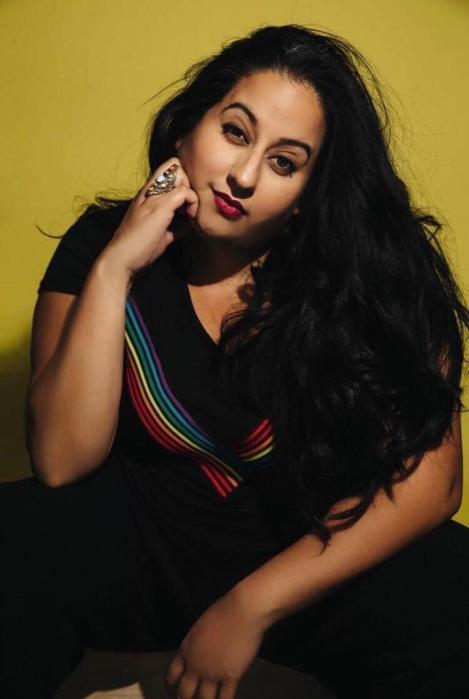
2Spirit Media founder, screenwriter, and film director Pilar Adara centers untold and underrepresented BIPOC stories, including body size diversity and LGBTQ stories. In film, Adara worked as an actor for 10 years, but like many folks of color in the industry, were steered into into racist roles and auditions. “I kept going in for terrorist wife number 1, sad refugee, or sad fat funny friend crying into my taco,” Adara said. “This is not empowering for the next generation. This is not empowering for our community.” They began to write the stories for such communities and artists that remain outside of the industry due to gatekeeping. “We all deserve to feel loved and valued.”
As the political climate continues to dehumanize marginalized communities, Adara expressed their frustration at the consistent normalization of the ongoing bigotry and violence. “We shouldn’t have to humanize our existence because we are people,” they said. Adara’s rage at the compilation of anti-LGBTQ bills drives their writing, which combats hate by reclaiming the narrative. “We need extra narratives so we don’t just pigeonhole ourselves into the trauma porn that the gatekeepers are feeding us.”
As they continue to write stories for fat people, disabled people, BIPOC people, especially those darker than a brown paper bag, Adara offered a strong message of encouragement. “The louder you are, the more you will find your loving community,” they said. “You matter, your voice matters. F–k the system.”
Paul Flanagan (he/she/they)
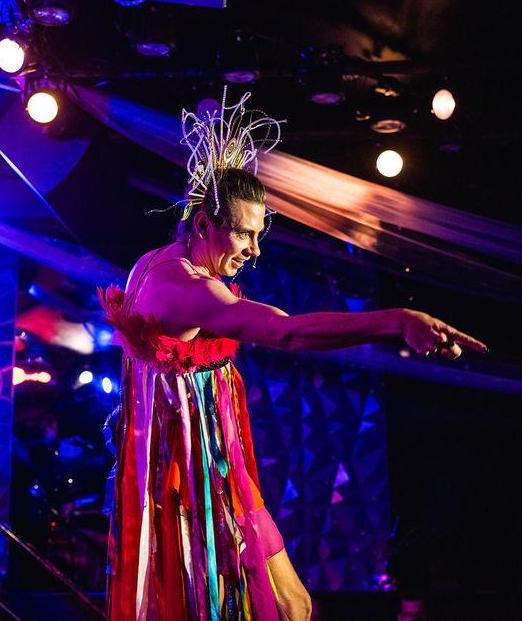
With a background in musical theater, Paul Flanagan offers and blends astrology, tarot, cabaret, and visual art inspired by spiritual and esoteric moments. She’s curated shows mixing all these things like Supernova and Zodiaq as a cathartic process for attendees. Previously featured at Queerchella and Dandyland, all their mediums boldly mix healing with erotic power. “I provide a space for people to tap into the mysticism of community,” he said. “It’s a way for you to breathe.”
Flanagan noted that the queer community is consistently bombarded with negativity in the news, social media, or as they put it, the algorithms. Their work, alongside other artists, can shield the LGBTQ community from such horrors and hopes that others can do something similar. “Use creation to move your energy,” he said. “That way people will be inspired. That’s the magic of collective healing.”
Flanagan suggests for the queer community a continuous flow to avoid being stuck in such harmful spaces that can trap individuals after dwelling on the media, which can lead to mental and emotional spirals. “Don’t stay in one war for too long,” she said. “Don’t stay in one financial instability for too long. Move it through. Also understand what is yours to feel and what is collective.”
As the fight for queer and other human rights continues in the United States, Flanagan hopes that creating art and community will ground LGBTQ folks in the coming days, especially as the hostile Supreme Court takes on a case for banning gender affirming hormone treatment for trans youth in Tennessee. “You are so loved,” Flanagan said. “We need each other. We can’t be holistically alone anymore.”
Mark Saldana (he/she)
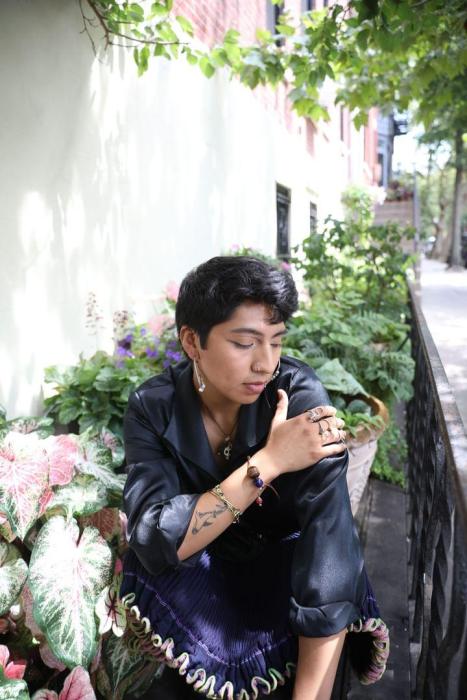
Hailing from Queens, Mexican-American Mark Saldana is a visual and dance artist. His mediums cover water colors, photography, and murals. Saldana’s work has been featured in venues like the Brooklyn Community Pride Center, Urban Outfitters, the Queens Museum, the Sunset Park Art Walk, and more.
Jackson Heights, well known for its visible queer community, especially the drag scene, had affirmed Saldana since she was young. “As a gay little boy, I was like, damn, I wanna be like that,” he said. “I wanna be bold, brave, and loud.”
The street vendors also influenced his work, as often Saldana’s work will depict them alongside typically sold items like fruit and flowers. Saldana continues to honor this often harassed part of the community, and easily draws connections between their struggle and those of the LGBT community, especially the youth. “They can make things possible for themselves despite the trauma they went through.”
Saldana has given back to the Queens community not just through art, but also dance. She’s taught free gender-inclusive cumbia classes and was recently featured at Cumbia Pride. Now, teaching children for two years now, he noted how many kids are comfortable coming out to him, and sees this as a reason to give all children, regardless of gender identity, artistic and creative avenues of expression. “This world is constantly testing us from all angles,” Saldana said. “It’s very important to stick together in community and create your support groups.”
Saldana, witnessing the Queens blend of so many diaspora cultures, sees the connections between each group regarding social justice. As a survivor of police brutality at age of 17, he uses art as protest and to extend solidarity and support to communities outside the Mexican American experience. “How can I keep living with so many people that I grew up with and support them in these movements?” Saldana said.
She also observed the constant battle for basic human rights across such communities, and understands his role as an artist in reflecting the struggle. Saldana also expressed frustration at how within the LGBTQ community, folks of color seem to be held back very often.
“It’s always something every year,” Saldana said. “There’s many more other things that need to be dismantled, like genocide. We’re not letting America hold us down.”

 Mark
Mark 





